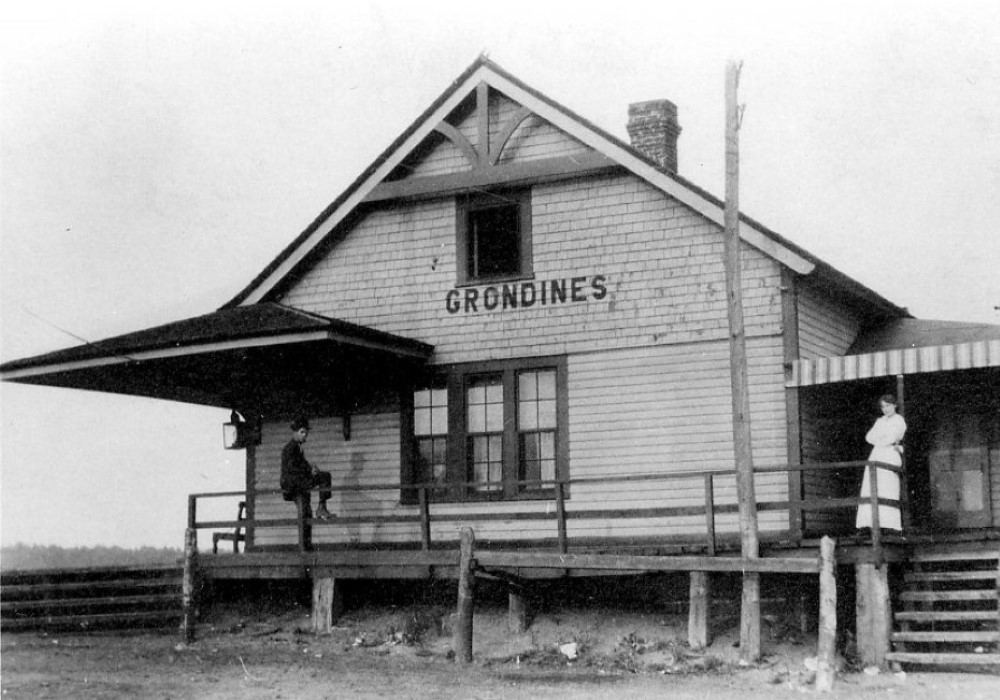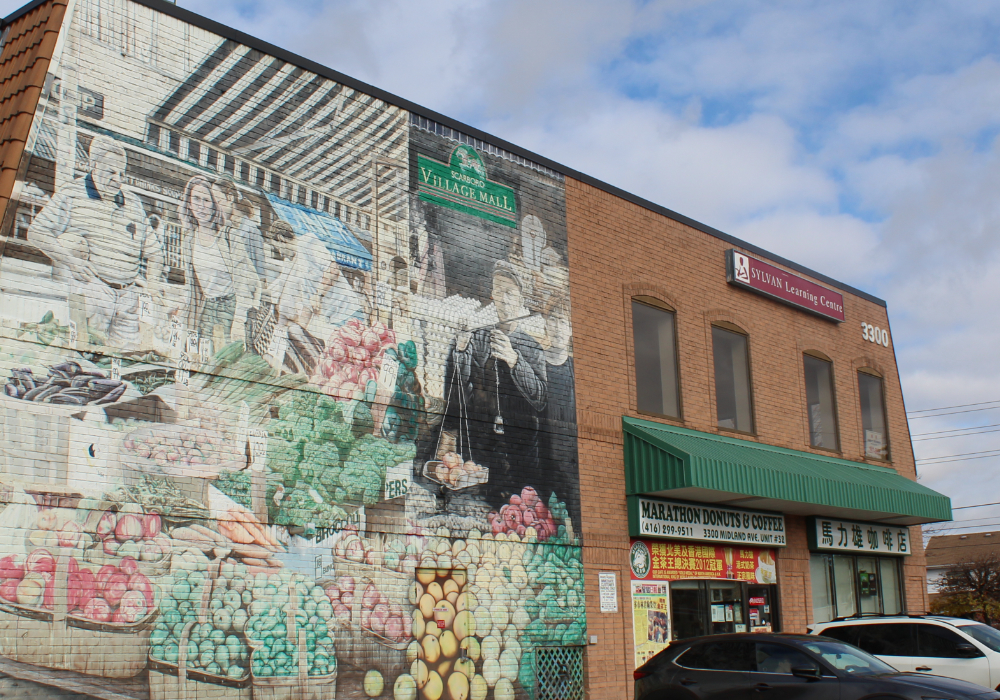Canada’s rugged west drew many homesteaders in the late nineteenth century, where pure, clean water flowed freely and fish and game were plentiful. In 1881, carpenter John Leod McDonald was the earliest pioneer to stake a claim in a region of Alberta then known as Dog Rump Creek, not far from today’s Edmonton. As soon as McDonald became the area’s first postmaster, he successfully lobbied to have the settlement renamed Stony Plain, which he found more becoming.
Between 1906 and 1907, the Edmonton, Yukon & Pacific Railway completed a line 19 miles west of Edmonton which was meant to cut through Stony Plain. But the new track missed its mark substantially. Recognizing the convenience and economic opportunity the railroad represented, the town elders moved their small community to the railway. Using 20 teams of horses, they rolled the buildings to the present site of Stony Plain. The move drew more settlers, as they knew it would. By 1908, not long after the first train had rumbled its way through, the population was over 1,000 and Stony Plain was officially incorporated as a town.
As Stony Plain celebrates its centennial, it’s evident that 100 years later the bustling community of about 12,000 residents is still flourishing. And while some old buildings were torn down to make way for new developments, many of the town’s original structures, such as the renovated Professional Building and Stony Plain Hotel on Main Street, are still standing proud and have become the object of a preservation drive. This rich heritage is also evident in the 27 artists’ murals throughout the town that evoke its history.


